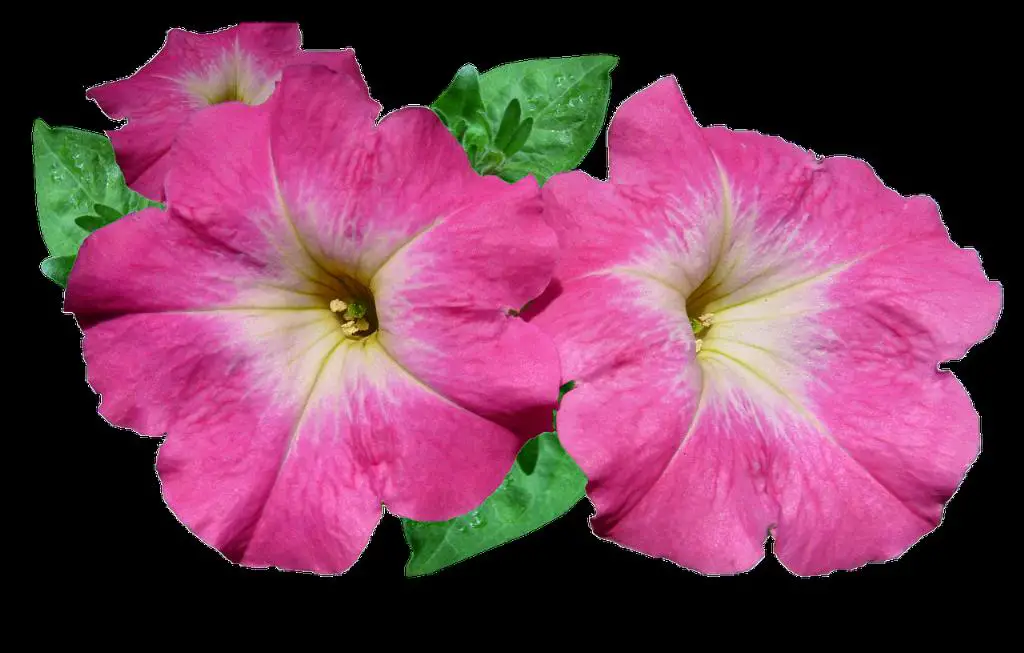When it comes to cutting back petunias, it is essential to understand the importance of regular maintenance to ensure healthy growth and abundant blooms. Pruning petunias not only helps maintain their shape and size but also promotes new growth and prevents leggy or scraggly appearance.
Before diving into the pruning process, it is crucial to know when and how to properly cut back your petunias. Generally, it is recommended to trim petunias throughout the growing season to encourage continuous blooming and maintain a compact, bushy habit.
One key aspect to keep in mind when trimming petunias is to avoid shearing off large sections of the plant at once. Instead, opt for regular light pruning by pinching or cutting back the stems to just above a set of leaves or node. This method promotes healthy branching and encourages the development of new flower buds.
When trimming petunias, be sure to use clean and sharp pruning shears to make precise cuts without causing unnecessary stress to the plant. Disinfecting your tools before and after use helps prevent the spread of diseases and ensures a clean cut that promotes faster healing.
Another important consideration when cutting back petunias is to remove any spent or faded flowers regularly. Deadheading not only enhances the overall appearance of the plant but also redirects energy towards producing new blooms rather than seed production.
Throughout the growing season, keep an eye on your petunias for signs of overgrowth or overcrowding. When stems start to look leggy or sparse, it’s a good indicator that pruning is needed. By trimming back the long, straggly stems, you can encourage a more bushy and compact growth habit.
It is worth noting that petunias are generally forgiving plants when it comes to pruning. Even if you make a few mistakes along the way, they are quick to bounce back with proper care and attention. Don’t be afraid to experiment with different pruning techniques to find what works best for your petunias.
While light pruning throughout the season is beneficial, you can also opt for a more significant cut back if your petunias start looking unruly or overgrown. In such cases, you can trim back up to one-third of the plant’s overall size to rejuvenate its growth and promote a fresh flush of flowers.
After cutting back your petunias, be sure to water them thoroughly to help them recover from the pruning process. Providing adequate moisture and nutrients post-trimming will aid in promoting rapid regrowth and restoring the plant’s vitality.
Overall, cutting back petunias is a simple yet effective way to ensure your plants stay healthy, vibrant, and blooming profusely throughout the season. By following these pruning guidelines and staying attentive to your petunias’ growth, you can enjoy a garden filled with beautiful, lush flowers.
In conclusion, regular pruning is key to maintaining the health and appearance of your petunias. With proper care and attention, you can keep your petunias looking their best and blooming abundantly all season long.

